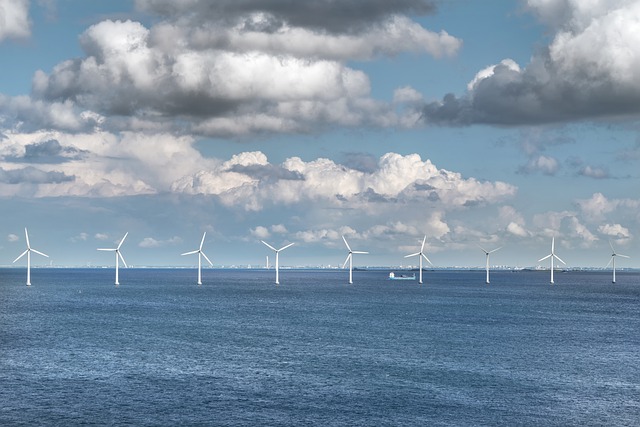 Did you know that Morro Bay is bringing renewable energy to Central California? Well, at least that’s the plan.
Did you know that Morro Bay is bringing renewable energy to Central California? Well, at least that’s the plan.
Despite addressing several issues connected to the implementation of the offshore wind farm (discussed here), a new issue has arisen.
The Chumash tribe, which has lived on the coast of Central California for approximately 18,000 years, has been advocating for a marine sanctuary. This includes an area that has recently been allocated for an offshore wind farm, capable of powering 1.6 million homes.
The Chumash are not too happy about this development. Let's take a look at their concerns.
A Deep-Rooted History
 The Chumash are a tribe of indigenous people who have occupied the coastal lands from regions south of Monterey to Malibu several thousands of years before the era of Westward Expansion.
The Chumash are a tribe of indigenous people who have occupied the coastal lands from regions south of Monterey to Malibu several thousands of years before the era of Westward Expansion.
They were a tribe of over 20,000 people that led traditions revolving around the water. Their daily activities included fishing by tomols (traditional plank canoes) on the open waters, basket and mat weaving, storytelling, and even playing sport-like games. The tribe even made advancements in currency with “bead money” which they made from shells.
The Chumash tribe believed they were descendants of sea creatures and that their creation story had ties to the Channel Islands -- a group of rugged rock islands off the coast of California. They believed that far south of their settlements was a “Western Gate” where their spirits would go after they passed away.
Pending Proposal
In 2015, the Northern Chumash Tribal Council, led by chairman Violet Sage Walker, submitted their application to the National Oceanic and Atmospheric Administration (NOAA) for a marine sanctuary.
 The Chumash Heritage National Marine Sanctuary is expected to cover 7,573 square miles of the ocean, including 156 miles of the coastline between Cambria and Giovita.
The Chumash Heritage National Marine Sanctuary is expected to cover 7,573 square miles of the ocean, including 156 miles of the coastline between Cambria and Giovita.
While the tribe did receive approval in 2015, the implementation was halted by the Trump administration. Last month, NOAA resumed the plan once again, but in their draft, Morro Bay was left out.
The Chumash consider themselves to be the caretakers of the local waters and lands. So, while they aren’t opposed to Morro Bay’s project, they want to make sure the implementation of the wind farm is done in a responsible way that preserves one of the world’s richest marine ecosystems.
Implementing this sanctuary would work towards the United Nations Sustainable Development Goal (SDG) of protecting 30% of the world’s oceans by 2030. However, implementing the offshore wind project would work toward the UN’s SDG of promoting renewable energy infrastructure by 2030. Additionally, the Bureau of Ocean Energy Management (BOEM) has stated that underwater cables would need to pass through the sanctuary regardless of the boundaries.
Hope For The Future
Morro Bay includes one of the United States’ last habitats for otters, which the sanctuary would protect by limiting oil drilling and acoustic underwater testing.
The sanctuary would also give the tribe the ability to block unwanted commercial development in the area, which would open opportunities for ecological research and public education.
The good news is that the Chumash have hope. Last year, the push for the sanctuary gained 10,000 signatures. Cierco Wind Energy, one of the corporations behind the offshore wind project, has stated that it supports the sanctuary’s enforcement, and the state has already begun a thorough review of the effects of construction. NOAA has also hinted at the possibility of appointing more than one indigenous member to an advisory council.
With the upcoming election in 2024, it is uncertain how the next administration’s policies will align with the sanctuary’s implementation. Hopefully, with public support, the Chumash tribe can finally win stewardship of their ancestral lands.
Sources: NY Times, Guardian, Washington Post, sbnature.org, wishtoyo.org







